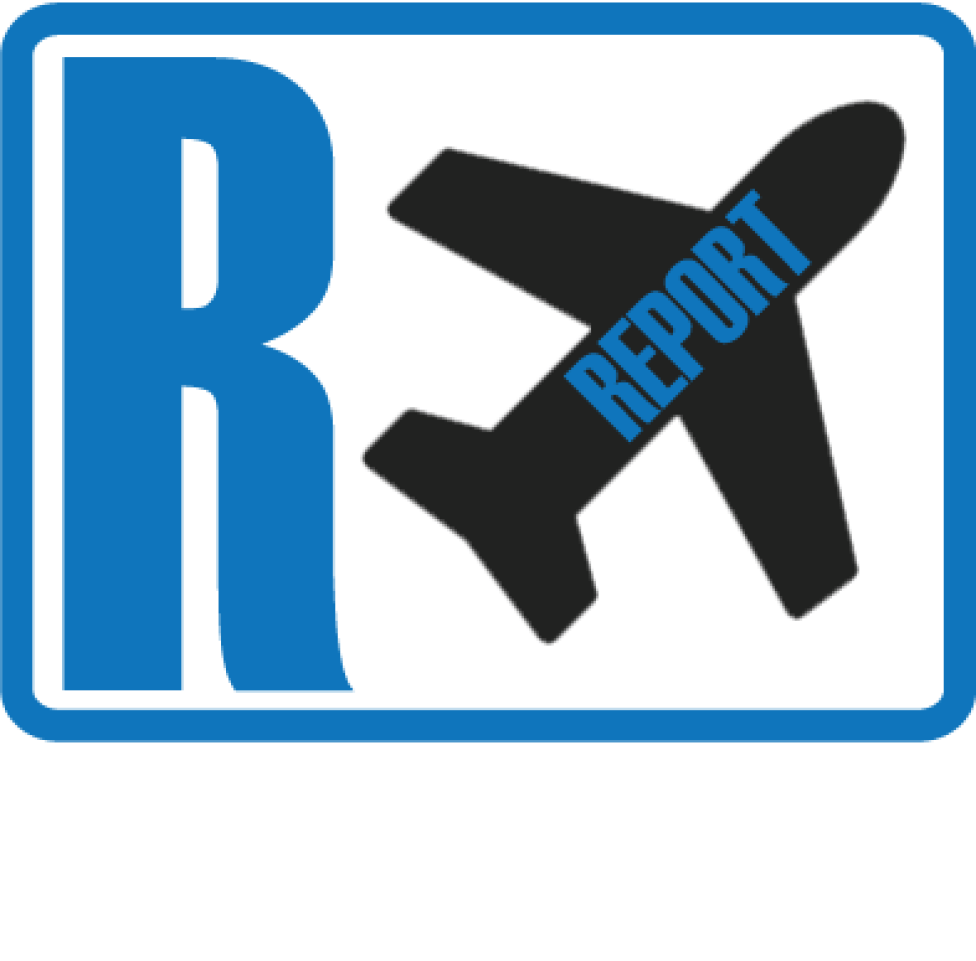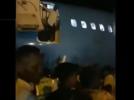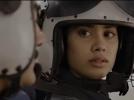Rex SF34 at Taree on Feb 22nd 2013, runway excursion
A REX Regional Express Saab 340B, registration VH-ZRL performing flight ZL-748 from Sydney,NS to Taree,NS (Australia) with 34 passengers, was descending towards Taree with the first officer being pilot flying, when the crew contacted the the airline's ground agent and received information to expect a 20 knots cross wind for landing. While descending through 6000 feet in instrument meteorological conditions the crew observed a 50 knots cross wind, which reduced as the aircraft descended. The crew performed an RNAV approach to Taree's runway 22, became visual with the runway at about 700 feet AGL and assessed that the conditions were suitable for a landing. At 100 feet AGL a crosswind of 17 knots was observed. The first officer flared the aircraft and touched down almost on the runway center line at 19:04L (10:04Z). Immediately after the crew felt the aircraft was subjected to a gust of wind from the left, the aircraft lifted the left wing slightly and turned into the wind while the propellers went into beta range. While the aircraft veered to the left runway edge the captain assumed control of the aircraft, applied right rudder but the aircraft did not respond. The captain applied nose wheel steering, the nose wheels began to judder but the aircraft did not turn right. The captain applied right brakes again to no effect and reduced left reverse while increasing right reverse, to which the aircraft finally responded and returned to the runway center line.
The Australian Transportation Safety Board released their bulletin releasing following safety message:
Weather can behave in an unpredictable manner, particularly when unfavourable conditions exist. While this incident highlights the adverse effects weather can have on aircraft operations, it also emphasises the impact of complacency and interruptions/distractions.
The FO commented that, in his opinion, when conducting a considerable number of flights within a short period of time, it was easy to become complacent when having to conduct a pre-flight and post-flight inspection for each flight. Complacency, the feeling of satisfaction or contentment with what is happening, may occur from a pilot’s overconfidence in performing a task that has been previously conducted numerous times, without incident. This may result in a pilot inadvertently overlooking important information or responding to a situation inappropriately. The best defence against complacency is for pilots to remain vigilant and alert, and be mindful that even the most routine tasks must be conducted with care and concentration.
Furthermore, when conducting an inspection, it is important for pilots to be aware of what constitutes propeller damage so that appropriate action can be taken.
An interruption/distraction can cause the crew to feel rushed and be confronted with competing tasks. The crew must then complete one task before performing another, which may result in poor results in one or more of the completed tasks. This may leave uncertainties unresolved, the omission of actions, and failing to detect and correct resulting abnormal conditions. Acknowledging that some distractions cannot be avoided, but others can be minimised or eliminated is the first step in developing preventative strategies and lines-of-defence. The Flight Safety Foundation suggests that after interruptions/distractions have been recognised and identified, the next priority is to re-establish situation awareness by conducting the following:
- Identify: What was I doing?
- Ask: Where was I distracted?
- Decide/act: What decision or action shall I take to get ‘back on track’?
The ATSB reported that the crew were unable to determine how far left they had gotten due to the water spray off the propellers in reverse, but they believed they had not departed the runway.
After the aircraft had taxied to the apron and the passengers had disembarked the first officer went to conduct a post flight inspection using a torch light, the post flight inspection included examination of the left main gear and left propeller. The first officer detected no damage and returned to the cockpit. The captain subsequently went to conduct a pre-flight inspection using a torch light prior to performing the next leg, after completing the examination of the left main gear he was interrupted by ground personnel and did not examine the propeller. The captain however took the opportunity to request the ground staff to drive him out to the runway to verify tyre marks. During that check the captain did not observe any tyre marks or damage suggesting the aircraft had departed the runway.
In the meantime the wind picked up, the next sector to Grafton was cancelled that night. The aircraft flew to Grafton the next morning and subsequently returned to Sydney. Maintenance personell examined the aircraft in Sydney and found stone impact damage to the back side of all 4 left hand propeller blades, all 4 blades were replaced.
The ATSB reported that a daylight inspection of the runway the next day revealed the aircraft had exited the runway and veered onto the soil and gravel runway shoulder, width of about 3-4 meters.
The captain stated in post flight interviews that in hindsight he should have asked the ground personell to wait until he had completed his examination of the exterior of the aircraft. Instead of using reverse thrust he'd apply forward thrust until the runway deviation had been corrected and then re-apply reverse in case of future events.
The first officer stated, that he had gotten out of the habit of inspecting the back side of the propeller blades and consequently did not see the damage there.
Tyre marks on the runway (Photo: ATSB):
Propeller damage (Photo: ATSB):
Detail of propeller damage (Photo: ATSB):
http://avherald.com/h?article=475fd48f














Komentarze